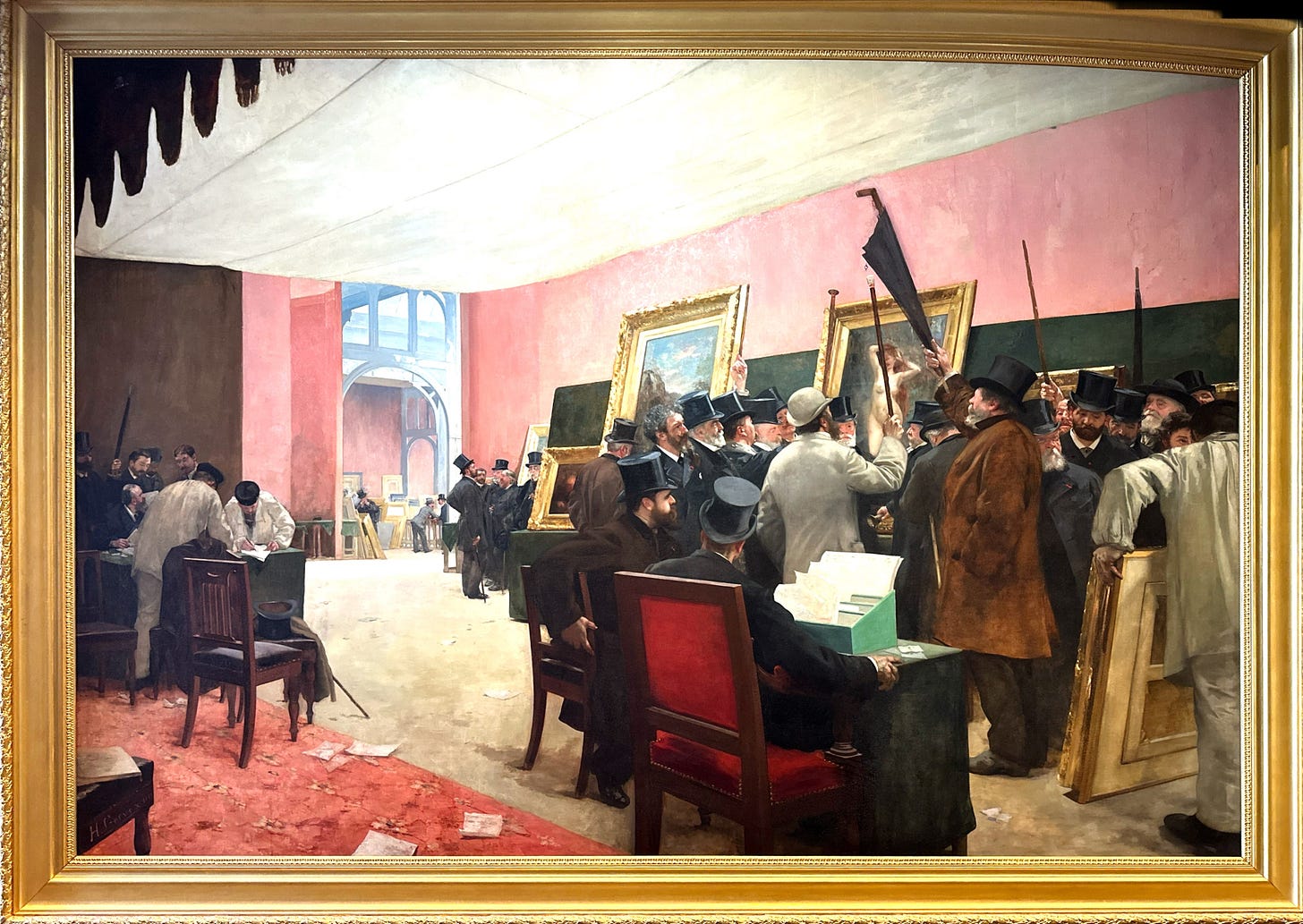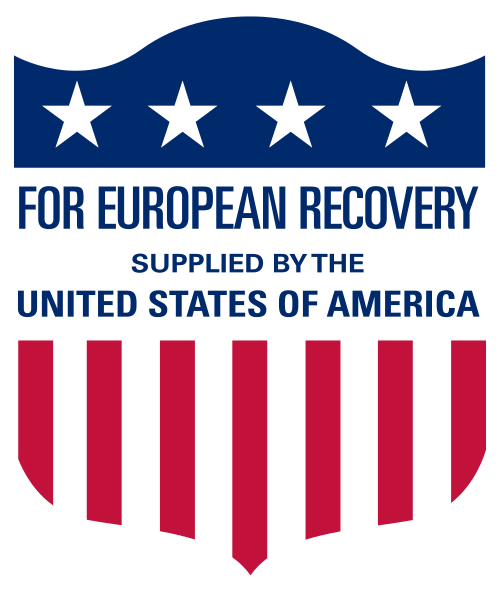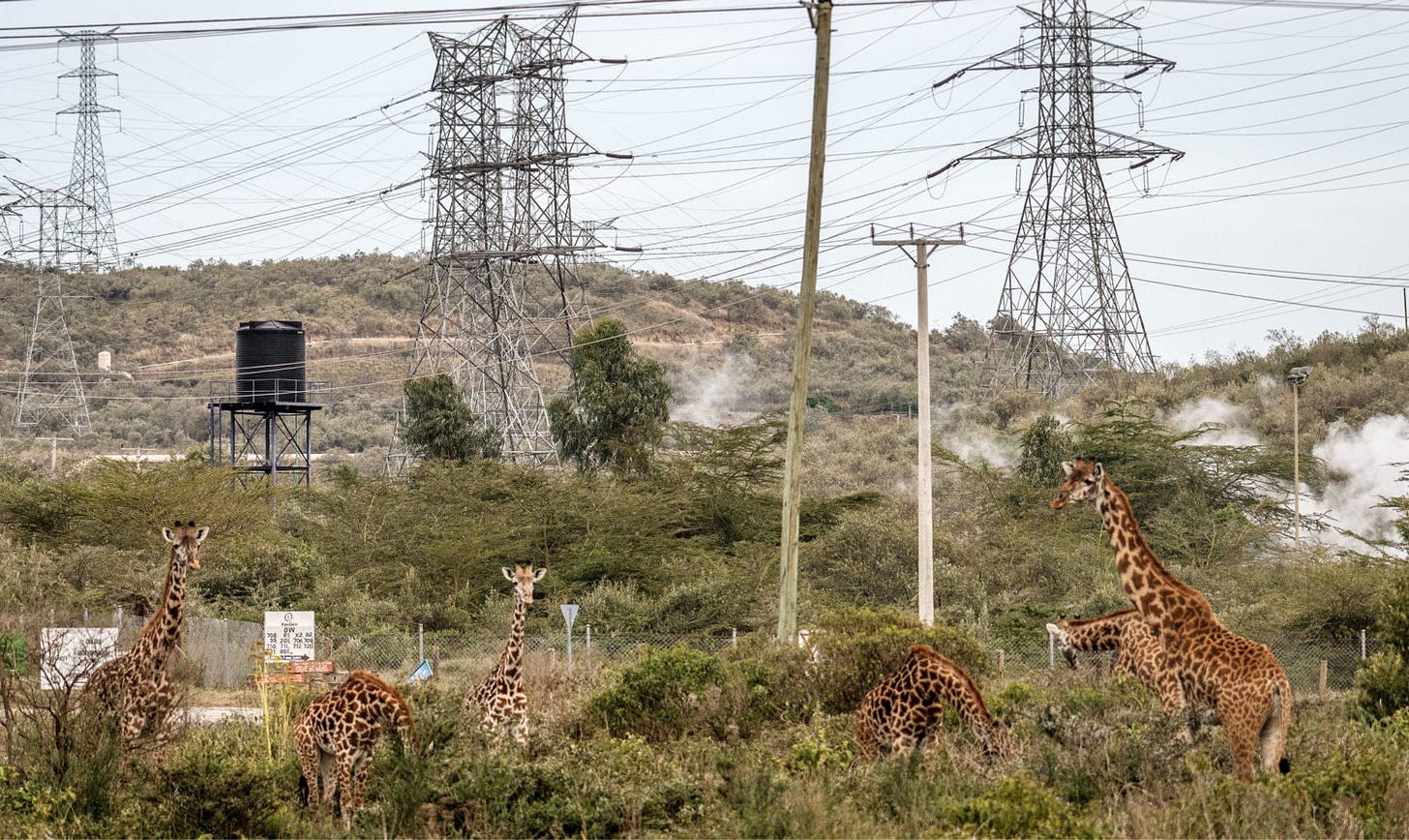When it's OK to not budge
Resolute
Quick question: “Name the world’s most famous artist”.
There’s a decent chance you said Vincent van Gogh. Perhaps Monet. Maybe Leonardo?
But I’ll bet you didn’t name any of these painters.
This was the judging of the 1874 “Salon” in Paris. Conventional art by conventional painters. All forgotten, except by art historians and curators.
But that very same year, also in Paris, 3500 people went to see the “Exposition Independante et Eclectique”. Here were the radical painters that are household names today: Monet, Renoir, Cezanne, Degas. But it was curiosity that drove attendance, not a desire to buy. Only five of the 31 artists found buyers (don’t you wish you could time travel?).
But, slowly, the impressionist movement gathered pace and a decade and a half later, Vincent van Gogh was painting his self-portrait.
He was resolute in moving away from painting values (the relative strengths of shadows that a photograph captures perfectly) to painting colours (the abstraction of light primary tones, without shadow or depth).
And he didn’t care what people thought. In fact, people hated his work. He sold just one painting in his entire (short) life. To his psychiatrist.
But, by the 1940s, half a century after his death, van Gogh was one of the most famous painters in the world. His audience had finally caught up with him.
Question: How do you make a call that’s right in the long run, but deeply unpopular or unsuccessful at first?
Insisting on the long game
“We shall not know if our post-war efforts to bring democracy and freedom to the peoples of Europe and the Far East have been successful for perhaps twenty or thirty years from now. If thirty years from today Germany, Italy and Japan are stable, functioning democracies with thriving economies and decent standards of living . . . perhaps then and only then shall we be able to proclaim our efforts were triumphant.”
George Marshall, US Secretary of State, 1946.
Marshall ended up winning the Nobel Peace Prize for his vision of a prosperous post-war Europe. And, he accompanied his vision with money: he rejected a plan to strip Europe of its industrial capacity and, instead, the Plan that bore his name proposed the reverse. It said this: spend big (over $100b in today’s money) to rebuild war-torn regions, remove trade barriers, modernize industry, improve European prosperity — and prevent the spread of communism.
This is just one of the singular, high-investment, multi-lateral and long-term visions of the past century that have truly changed hundreds of millions of lives.
And, there are others of similar scale. Think about the elimination of polio (by WHO, UNICEF, CDC and the Gates Foundation), the Montreal Protocol’s closure of the hole in the ozone layer, and the Chinese government’s raising 400 million people to middle-class economic standards in 20 years.
None of these is uncontroversial, all had difficult and lengthy gestations, and none were the brainchild of one person. But they are symbolic of our ability to think long-term and galvanise impressive levels of support for objectives that matter enough.
Question: What ‘long game’ plays are you making — what’s your 30 year plan?
Tradeoffs
Saudi Arabia’s Vision 2030 is well known, taking the kingdom to a post-oil, socially (more) liberal, and economically globally-integrated future. But, did you know that Kenya has a Vision 2030 too?
Kenya’s aim is to take its economy ‘up the value chain’ so that it becomes a middle-income country by 2030 — and is both clean, and secure. Now they’re not there yet, but here’s the paradox, in one picture:
I’ve been to Hell’s Gate, a beautiful wildlife park that happens to be on top of one of the world’s most active geothermal sites. Kenya has been drawing power from underground heat for 50 years, and by 2030 50% of its energy will be geothermal. But can we really argue with clean energy being provided to a society that lives on GDP purchasing power of $4000 per year (it’s right between Myanmar and Syria)?

Or, what about the $3b Chinese-funded rail project that takes freight from Kenya’s port city of Mombasa to its capital, Nairobi? Uniquely, the city has a wonderful wildlife park in the middle of the urban sprawl — and now a railway runs right through it, albeit elevated to allow animals to wander freely.
Question: What strategic tradeoffs do you need to make that are unpopular but, on balance, desirable?
During this week, think about what you won’t budge on - and why.
But I would love it if you budged your clicking finger just enough to press the ‘heart’ so that the bots and I know you’re out there.
It’s wonderful to have you here, and see you next Friday,
Andrew





My wont budge on is decisions that address social determinant of health rather than seem to do and actually mask the core problem about inequity. housing, education, employment, self determination
Andrew - All 3 stories in this weekly mindset got me thinking about Life Without Barriers Elevate RAP commitment to progressively step away from providing out-of-home care services to Aboriginal and Torres Strait Islander children by 2031 (refer here for the detail: https://www.lwb.org.au/social-policy/aboriginal-and-torres-strait-islander-peoples/transformation). This is the right call, and it is difficult, and some staff, carers and Departments don't quite see it as a popular one at the moment. Furthermore it is a long term game that will take time to achieve but we know that growing up in culture on country with family, kin and community is a significant protective factor for Aboriginal and Torres Strait islander children and young people. The tradeoff for Life Without Barriers is the impact to the bottom line, transferring program funding to Aboriginal Community Controlled Organisations - but definitely worth it if we have children's outcomes at the centre of our decisions.